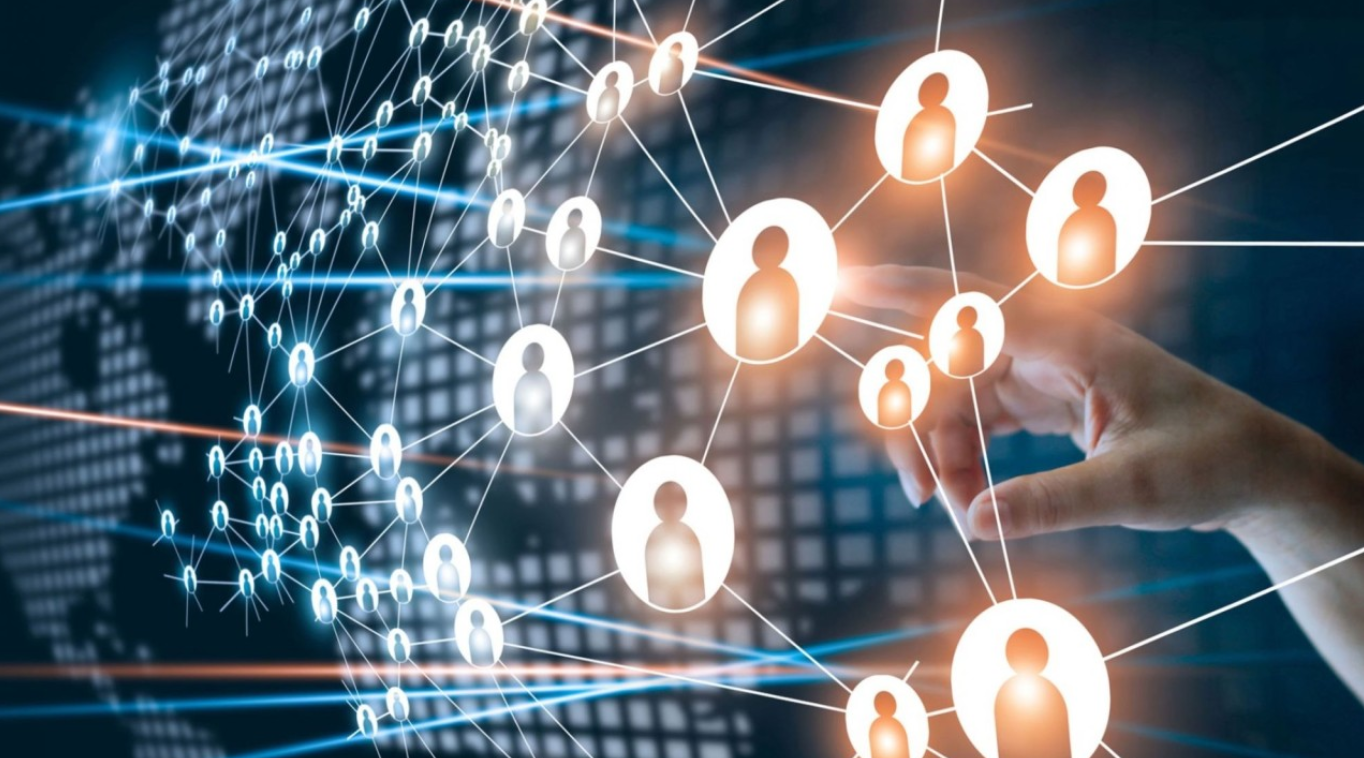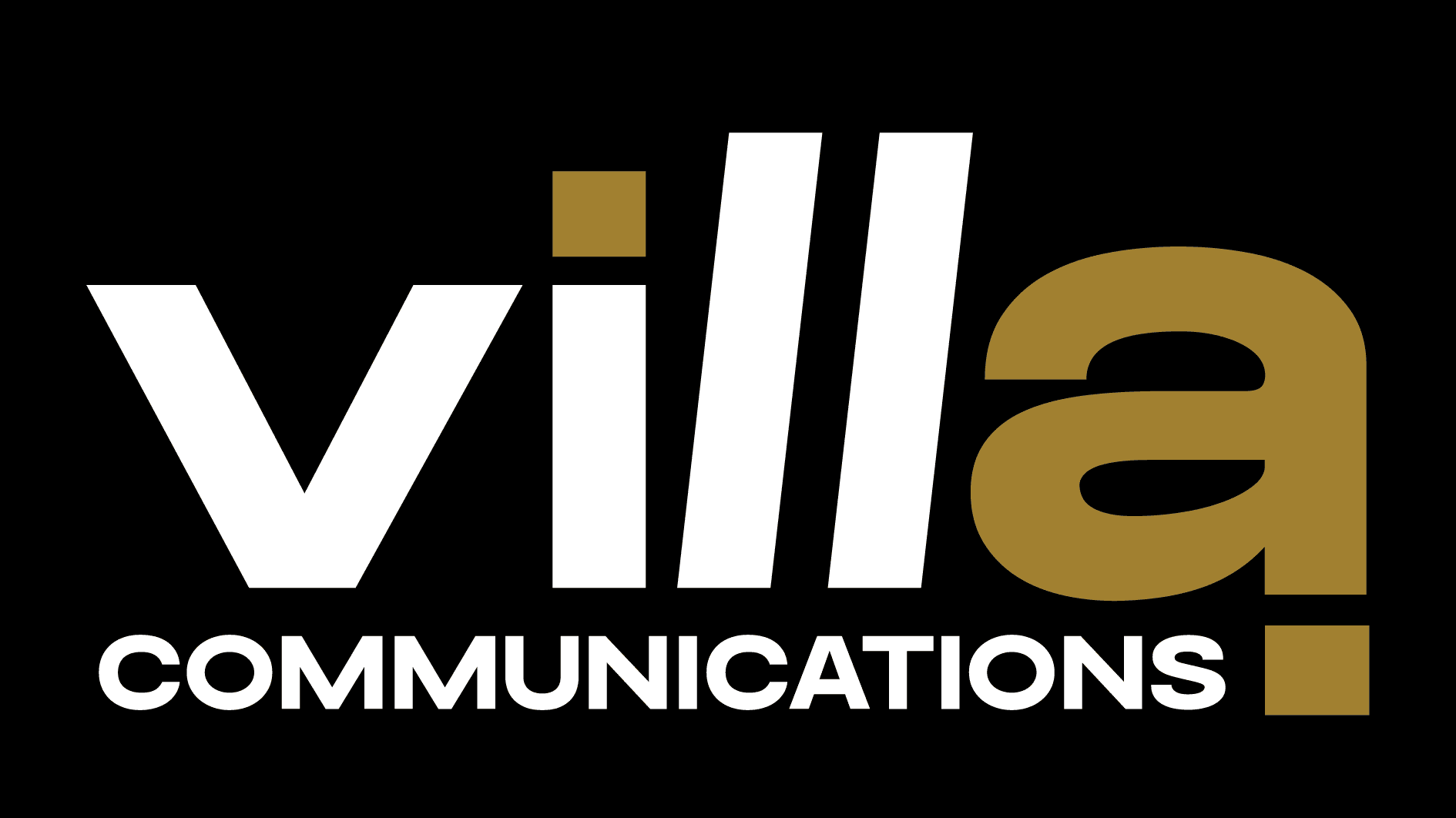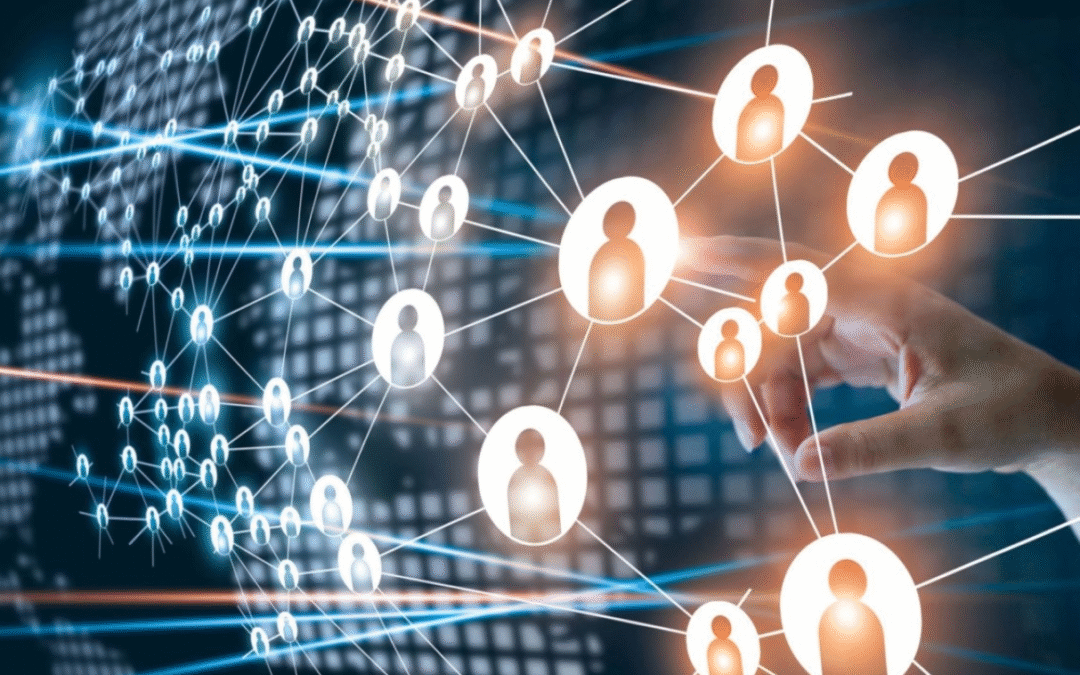
A New Era of Corporate Culture: Why Psychographics Are the Future
The latest Presidential Executive Orders and corporate announcements by Lowe’s, Tractor Supply, McDonald’s, and META prove that, both government and businesses across the US are trying to evolve their DEI strategy.
Considering new government pressures and potential restrictions, Corporate America must move quickly to reimagine inclusivity for -perhaps- the most diverse workforce America has ever seen. The question is which organizations will lead the charge to truly transform their cultures and capitalize on their human potential to propel growth and future-proof their businesses.
Today, Corporations across the US stand at a crossroads shaped by rapidly advancing AI, an evolving workforce, new regulations, shifting consumer markets, and increasingly complex stakeholder expectations. As predicted, 2025 is proving to be a year of disruption, providing a long-overdue opportunity to recalibrate.
To seize this moment, businesses must return to their values, rethink strategies, and leverage the technological revolution to build deeper connections. And it starts with their own: their employees, the people without whom they wouldn’t be in business in the first place.
The next chapter will be written by corporate leaders asking themselves: how do we leverage the best in ALL of us to bring forward our best work? How do we re-engage employees who have felt alienated, angry, or disappointed? How do we bring them together to produce great work, foster innovation, spark creativity, and propel growth
It is about shifting our focus from what makes us different. Instead, we must harness the power of what we have in common to create an authentic culture of understanding, empathy, and belonging. Cue in our old marketing ally: Psychographic Segmentation.
The Shift from Demographics to Psychographics
Building a truly inclusive workplace starts with understanding employees not just as numbers or categories but as multidimensional beings with unique needs, aspirations, triggers, and desires. Traditional approaches to DEI, centered on grouping employees by ethnicity, gender identity, or other demographic markers, may have served their purpose, but they are outdated and potentially not even legal any longer. This corporate myopia has siloed employees and missed the multidimensional depth of the individuals making up the workforce organizations are trying to connect authentically with.
Psychographics—understanding employees’ motivations, attitudes, passions, and lived experiences—offer a more nuanced approach to connection. Focusing on shared affinities and values allows us to foster belonging in ways that demographic segmentation cannot, creating connections that transcend traditional boundaries. I frankly have more in common with the other mom volunteers from my son’s PTA than with a random group of Latinos, even though we share the same ethnic background.
This approach is not new, as it has been shown to increase employee engagement in health programs, but why not use it for career planning and advancement programs, development programs, employee-driven corporate responsibility initiatives, and more?
This isn’t about erasing identities but sharpening how we connect to gain deeper resonance, genuine engagement, and purpose alignment.
Think of business resource groups for travel enthusiasts or pet parents for a global CPG organization with connections to those industries. These affinity-based connections can create a culture rooted in shared purpose, bridging divides, building greater empathy and understanding, and linking employees to the broader organization’s mission.
The Role of Authenticity in Corporate Culture
To foster belonging, leaders must treat employees as an audience, crafting highly targeted communication strategies that speak to their motivations, attitudes, passions, and lived experiences. This highly effective approach[1] will open space for meaningful dialogue, enabling every team member to feel engaged and valued, which in turn fuels productivity, innovation, and growth[2].
It begins with recognizing that belonging is built, not mandated. It is fostered through genuine employee engagement, an increased sense of purpose, and true inclusivity.
The future of workplace culture lies in our humanity. With the rise of AI and its competency across many domains, character, critical thinking, empathy, and understanding diverse perspectives have become key differentiators employees bring forward. The next chapter is laser-focused on creating truly inclusive environments where people feel empowered to contribute their best work, motivated by shared purpose and authentic connections. It’s time to build bridges, not deepen divisions.
Reimagining DEI for the Future
As companies move forward, they must rethink what inclusion means in practice. Psychographic-driven strategies are not just a creative alternative but a necessary evolution. By fostering affinities that transcend traditional categories, organizations can build stronger, more engaged teams aligned with business goals and reflective of the diverse consumers they serve.
Corporate America’s next chapter depends on its ability to innovate in products, technology, and, more importantly, the employee experience. A truly inclusive workplace doesn’t just reflect diversity; it leverages the best in each of us and celebrates the humanity that unites us all.
Copyright: Ruth Villalonga 2025.
[1] Lapinski, M. K., Oetzel, J. G., Park, S., & Williamson, A. J. (2024). Cultural Tailoring and Targeting of Messages: A Systematic Literature Review. Health Communication, 1–14. https://doi.org/10.1080/10410236.2024.2369340
[2] Marciano, Paul L.(2010). Carrots And Sticks Don’t Work: Build A Culture Of Employee Engagement With The Principles Of Respect. (No Title) in Gaur, A., & Gupta, D. (2024). Enhancing employee engagement: Unveiling the impact of quality of work-life balance and corporate culture through literature review. International Journal for Multidisciplinary Research, Volume 6 (2), 3.


Hi, this is a comment.
To get started with moderating, editing, and deleting comments, please visit the Comments screen in the dashboard.
Commenter avatars come from Gravatar.